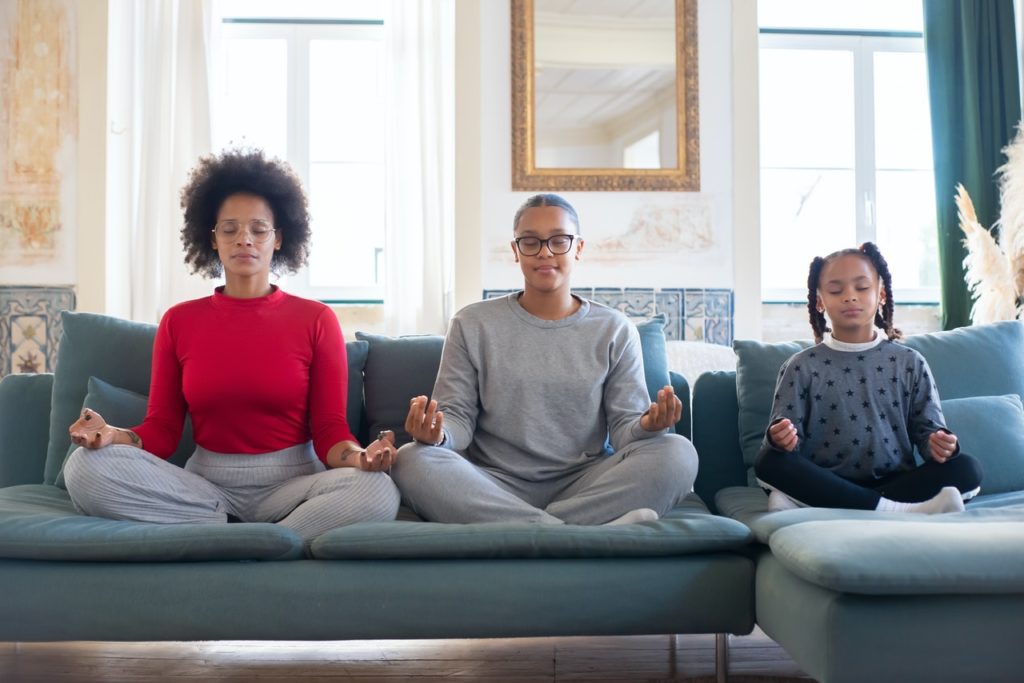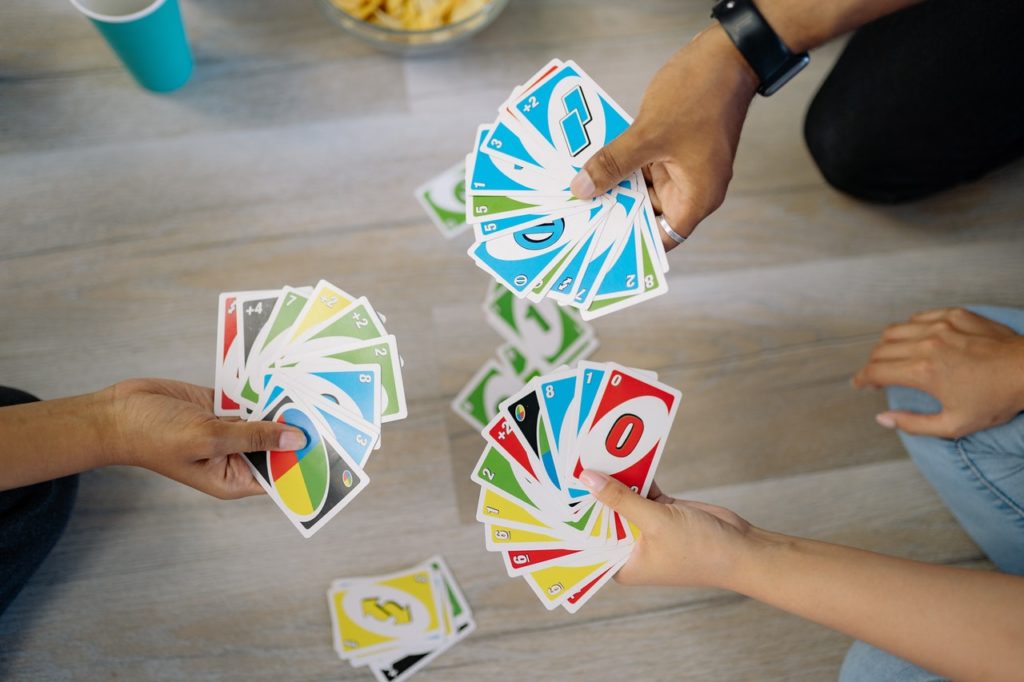General Information
How To Improve Children’s Concentration and Focus in Grades 1 to 4
Focus, attention span, concentration – however you call it, this topic is a subject of concern for every parent or teacher of the 21st century. How to improve children’s concentration and focus in grades 1-4?
You’re a parent of a child between 5-8 years old. They’re getting their first homework assignments from school. You’re spending over an hour now helping them with the assignments.
All they want to do is bolt from the table to grab a snack or watch TV or …. you could insert a million different things here. The fact remains – your child can’t sit still for more than 5 minutes.
OR
Imagine that you’re a teacher in grades 1-4. You’ve got anywhere from 15-40 elementary schoolers who can’t sit still for more than 5 minutes! And you’ve got them in your classroom for around 7 hours a day.
Is there anything that we as parents can do to start priming our elementary school aged children to be able to extend their attention span?
Is there anything that can help our kids grow into successful college students who can take exams without Adderall?
Or further down the road, get through a 3-hour conference call at work? Or help their own children with hours of homework one day?
The Early 2000s Taught Us to Multitask Everything. Now, Research Shows We Need to Simplify.
In order to improve concentration for kids, we need to simplify our lives as a whole.
Thanks to picture-in-picture TV, scrolling news bars, and cell phone message alerts, our brains are constantly in multitask mode. The last two decades have ushered in an expectation to accomplish the work of two people at our jobs.
At home, we pressure ourselves to parent mindfully. Except we’re also keeping house, volunteering at the school or church, and operating a side hustle to add to the family income.
The problem is that all of this multitasking eats away at our overall ability to concentrate on one thing when we need to.
Our children are being raised amongst over-stimulation, and you’re here because you want to learn how to break the cycle.
3 Things You Can Start Doing Today with Your Child To Improve His/Her Concentration
1. Concentration for kids is not a lonely exercise – learn to meditate together

Studies have shown again and again how effective the act of meditation is on improving the attention span of adults. Comparisons are showing us that it is equally as effective with adults with ADD/ADHD versus those without.
Now, the focus is turning to how well it works to improve concentration for kids, too.
We’ve even seen several headlines recently about schools implementing meditation time during the regular course of the day.
In 2004 we heard that children with ADHD who meditated with their parents twice each week in therapy sessions had better focus in school.
Another study showed that it took as little as 8 weeks of practicing for an overall trend in improved concentration and fewer hyperactive behaviors in boys with ADHD.
Specifically, a meditation method called the Sahaja Yoga Meditation has been shown to work very well for parents and children together.
Even better? Other benefits cited by the families in these studies include:
- Better sleep
- Less anxiety
- An overall feeling of being more happy
- Parents’ suggesting a feeling of being able to manage their children’s behavior better.
Parents, let’s all nod in agreement and say what we’re thinking:
“Yes, I want all of those. Now, please. Thank you. How do I start? Where do I sign up?”
Guided meditation for children is catching on, and for good reason.
The good news is meditation can be practiced anytime, anywhere. You can practice at home as a family before dinner time or bed time.
(It’s a great bedtime routine activity, especially for children with ADHD, ADD, ASD, SPD, and dyspraxia!)
You can ask your child to practice after he eats lunch or after recess at school. It can be incorporated into other regular therapy exercises you do with your child.
You can also sign up for meditation classes if you need a group teaching setting to follow along with. See what’s available at your local gym, community center, churches, yoga studios, and after-school programs.
The basic premise of Sahaja Yoga Meditation is to sit quietly on the floor with your hands in your lap. Take deep breaths. Let all of the thoughts you have flow through your head and then push them out of your mind with each exhalation.
Practice using your imagination to draw pictures in your mind. Practice sitting still like this for longer periods of time each day.
Start with as short as 3 minutes with young children. Extend it to 10 minute sessions with older children. Improved concentration for kids is possible.
2. Set an example for a family culture of single-task focus.
Another way to help improve concentration for kids in a multitasking modern world is to create a culture within your family of practicing mindfulness.
Mindfulness and “living in the moment” are hot phrases floating around in parenting communities these days. It’s because people are catching on to the need for simplification.
These phrases specifically refer to the act of simplifying your mind and focusing on one task in front of you. Parents are learning to give themselves permission to sit and watch their child play a game without feeling the need to be “doing something productive.”
To enjoy a few moments every day of just doing one thing and really paying attention to it.
Activities we normally rush through or multitask around, like:
- Eating breakfast
- Folding laundry
- Going through our morning hygiene routine
- Driving
- Talking on the phone with a friend or family member
Families that start creating a culture around mindfulness and single-tasking are setting their children up to have better overall focus at school and in their daily lives.
Anyone seeking how to improve children’s concentration and focus will do well to consider a practice of mindfulness.

That’s a tall order to ask of a busy family. How could I possibly start?
This is where those fun #30daychallenges come in handy. Pick one concept to try for the whole month. If you forget for a few days (or a week!) it’s ok.
Just resume when you remember. Partial credit counts when you’re learning to make big life changes like this.
Here are some suggestions:
- If you usually listen to the radio in the car or let the kids play games or use their phones, have a media-free car for the month.
- Create a conversation-starter jar. Write down silly questions to ask each other on slips of paper and put them in a jar on the breakfast table. Every morning pick one question and go around the table answering it – and paying attention to each other’s answers, facial expressions, and body language.
- Make a schedule of 30-minute playtime activities – some can be individual, some can be group. Plan it out for each night of the week what you’ll do. And then, for that 30 minutes, that is the only thing you focus on. No phones. Radio off. Fiddling with your hair or clothes is out. Just playing and watching each other and having a little focused fun. (LEGO building is a great option and doubles as therapy, while this list of activities can be done as a group and are sensitive to the needs of children with ADHD.)
I’ll give you an extra tip for how to know where to start. Think about your day yesterday. Can you remember what you ate for lunch?
What was on the radio in the car on the way to work? Putting on your shoes? Making dinner? Going through your child’s bedtime routine?
If any of those things were on autopilot, and you can’t remember anything about doing them – that’s a great place to start practicing single-tasking.
3. Play concentration-building games together.
All this talk about practicing sounds like a lot of work. So, let’s end on a lighter note and remind you that our kids learn a lot through play. There are plenty of games you can play – individually or as a group – that boost focus.

Memory games
Classic “Memory” card games are great for kids (and adults!) to start practicing focus and attention span. There are hundreds of them on the market, complete with your child’s favorite cartoon characters.
They even cater them to various age groups, starting with very simple sets to more complex ones for older kids. Developing concentration for kids has never been so much fun!
Games that focus on sequences
Putting things in alphabetical order, following a series of instructions (Another shout-out to LEGO blocks!) or cooking together with a recipe. All of these follow a sequence. Sequenced activities have been shown to improve concentration for kids.
Fast-paced reaction games
Kids with concentration issues do very well with card games that are fast and timed with simple rules. Games like UNO®, War, and Egyptian War. Poor concentration in child players can reduce simply due to the fun they have while being engaged!
Each of these requires a lot of focus on simple visuals and involve a lot of rapid reward for winning short rounds. They are perfect for kids with low attention spans, and they habituate a child into focusing on one activity at a time for longer periods of time.
(As opposed to a long game like Life or Monopoly where there is a lot of down time between turns).
Image Comparisons
This is where a child looks at two different images and identifies things that are not the same in both. Starting with simple versions with just 2-5 differences for preschoolers and working up to more subtleties and up to 10-15 differences helps children practice focusing for longer and longer periods of time until they’ve “finished.”
Exercise, Eat Healthy, and Practice Your Concentration-Building
Pick one of these (or all of them!) ideas to start today.
And don’t forget – exercise and eating healthy contribute significantly to our concentration too. There’s no point in helping your kids flex their brain muscles if they’re not exercising their actual muscles and filling them with sugar, caffeine, and carbohydrates.
Keep in mind that practice makes perfect. Following these 3 steps for one week or a #30DayChallenge and then giving up on them when they’re too hard won’t affect real change in your child’s life.
Put a reminder on the first day of every month on your calendar for the rest of the year:
“Practice 1 Thing This Month to Simplify My Life & Strengthen My Mind”
References:
“Sahaja Yoga Meditation as a Family Treatment Programme for Children with Attention Deficit-Hyperactivity Disorder”, Linda J. Harrison, Ramesh Manocha, Katya RubiaOctober 1, 2004.
“Short-term meditation training improves attention and self-regulation”, Yi-Yuan Tang, Yinghua Ma, Junhong Wang, Yaxin Fan, Shigang Feng, Qilin Lu, Qingbao Yu, Danni Sui, Mary K. Rothbart, Ming Fan, and Michael I. Posner. PNAS October 23, 2007.
A lovely, inspiring article. I could read it again and again.